SDG GOAL 7
RENEWABLE ENERGY
GOAL 7. Ensure access to affordable, reliable, sustainable, and modern energy for all
|
|
|
|
DIRECT NAVIGATION TO INDIVIDUAL WEBPAGE FOR EACH GOAL
|
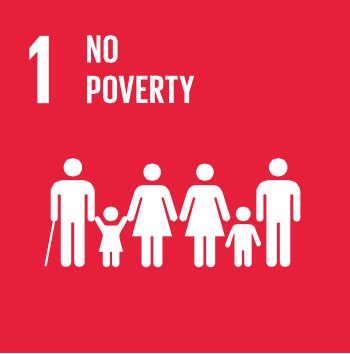
|
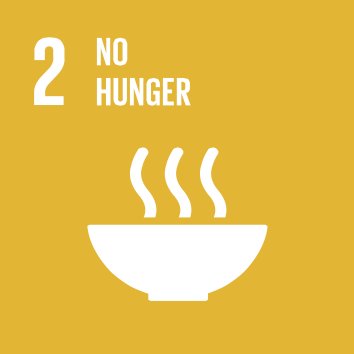
|
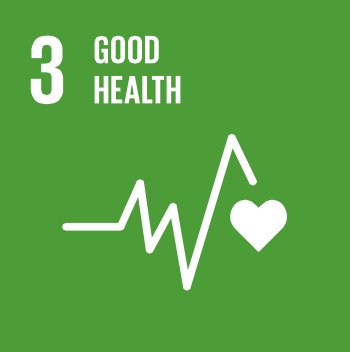
|
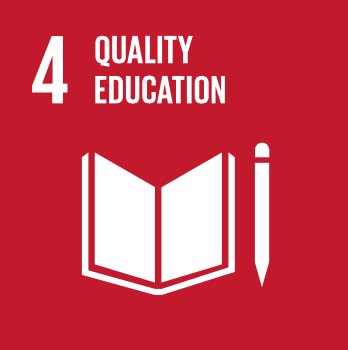
|
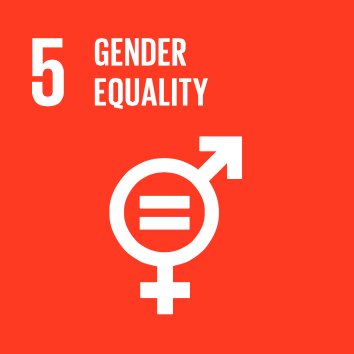
|
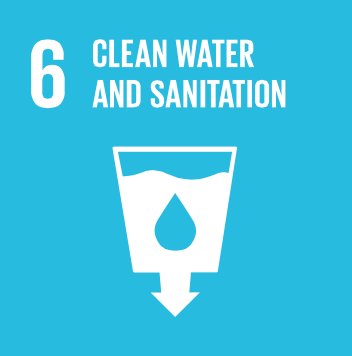
|
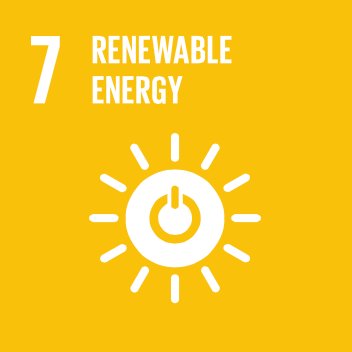
|
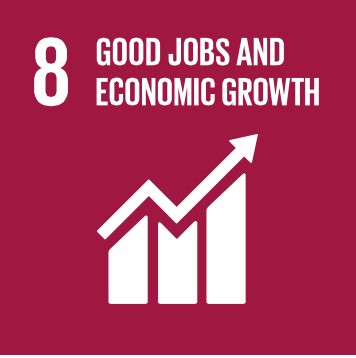
|
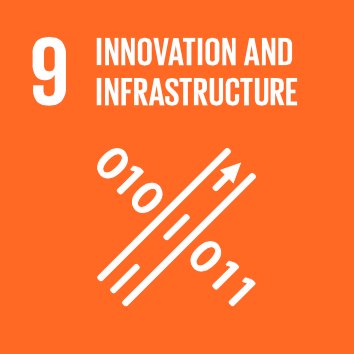
|
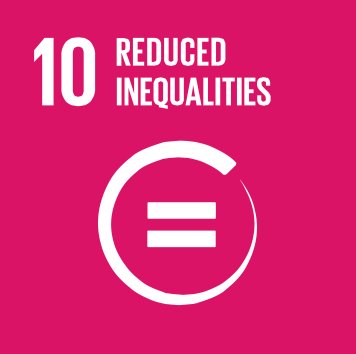
|
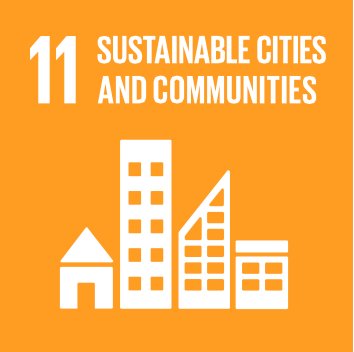
|
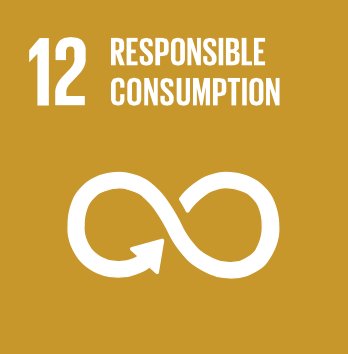
|
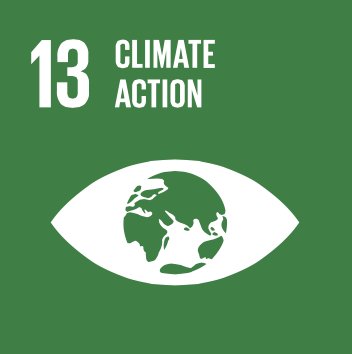
|
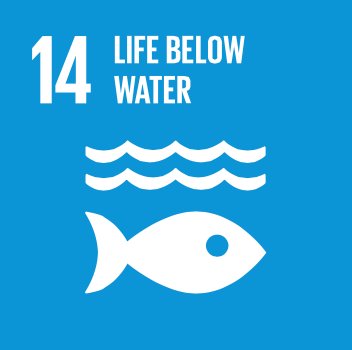
|
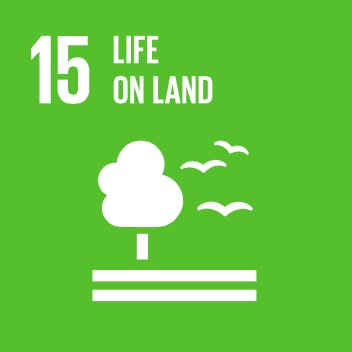
|

|
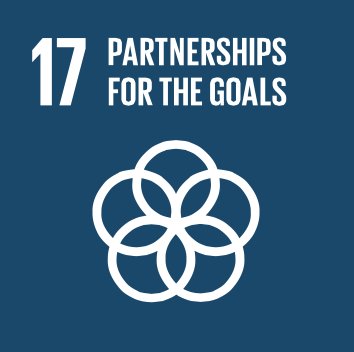
|
|
SDG GOAL 7 ... RENEWABLE ENERGY
Ensure access to affordable, reliable, sustainable, and modern energy for all
|

|
GOAL 7 ... RENEWABLE ENERGY ... Ensure access to affordable, reliable, sustainable, and modern energy for all
|
|
|
Goals and targets
|
Indicators
|
|
|
7.1
|
By 2030, ensure universal access to affordable, reliable and modern energy services
|
7.1.1 Proportion of population with access to electricity
7.1.2 Proportion of population with primary reliance on clean fuels and technology
|
|
|
7.2
|
By 2030, increase substantially the share of renewable energy in the global energy mix
|
7.2.1 Renewable energy share in the total final energy consumption
|
|
|
7.3
|
By 2030, double the global rate of improvement in energy efficiency
|
7.3.1 Energy intensity measured in terms of primary energy and GDP
|
|
|
7.a
|
By 2030, enhance international cooperation to facilitate access to clean energy research and technology, including renewable energy, energy efficiency and advanced and cleaner fossil-fuel technology, and promote investment in energy infrastructure and clean energy technology
|
7.a.1 Mobilized amount of United States dollars per year starting in 2020 accountable towards the $100 billion commitment
|
|
|
7.b
|
By 2030, expand infrastructure and upgrade technology for supplying modern and sustainable energy services for all in developing countries, in particular least developed countries, small island developing States and landlocked developing countries, in accordance with their respective programmes of support
|
7.b.1 Investments in energy efficiency as a percentage of GDP and the amount of foreign direct investment in financial transfer for infrastructure and technology to sustainable development services
|
|
INDICATORS / WORKING NOTES
Goal 07 ... Proposed Indicators 55 to 58
Potential and Illustrative Core Indicators
|
|
Indicator 55:
|
Share of the population with access to modern cooking solutions (%)
Rationale and definition: This indicator measures the share of the population relying primarily on non-solid
fossil fuels for cooking, as defined by the Sustainable Energy For All (SE4All) Framework Report.115 Currently
available databases (including the WHO’s Global Household Energy Database, and the IEA World Energy
Statistics and Balances) only support binary tracking of access (that is a household either has, or does not
have access). This is why, as a starting point, the SE4All global tracking framework is using this simple
definition of access to modern cooking solutions. While the binary approach serves the immediate needs of
global tracking, there is a growing consensus that measurement of access should reflect a continuum of
improvement, as recognized in the SE4All report.
Indeed, defining access to modern cooking solutions as the share of the population relying primarily on nonsolid
fossil fuels for cooking omits the role of the cook stove. Yet, it is the combination of the two that will
determine levels of efficiency, pollution, and safety outcomes. Meanwhile, individual behaviors, cooking
practices, and housing characteristics also affect the actual performance of a household’s cooking solutions.
For this reason, the SE4All is planning to use a multi-tier metric for tracking access to modern cooking
solutions. This metric will measure access to modern cooking solutions by measuring the technical
performance of the primary cooking solution (including both the fuel and the cook stove) and assessing how
this solution fits in with households’ daily life. This metric also includes consideration on indoor air
pollution/ventilation and kerosene cooking/lighting. While important for meeting climate related goals,
measuring access to modern cooking solutions also presents the possibility to improve the health of poor
households, in particular women and girls who generally have the responsibility for cooking for the
household.
Disaggregation: By urban/rural and sex of head of household.
Comments and limitations: To be reviewed.
Preliminary assessment of current data availability by Friends of the Chair: A
Potential lead agency or agencies: The SE4All, IEA and WHO, can provide data for this indicator.
|
|
|
Indicator 56:
|
Share of the population with access to reliable electricity, by urban and rural (%)
Rationale and definition: This indicator measures the share of the population with an electricity connection
available at home or relying primarily on electricity for lighting, as defined by the Sustainable Energy For All
(SE4All) Framework Report.116 As for access to modern cooking solutions, currently available global
databases (including the World Bank’s Global Electrification Database, and the IEA World Energy Statistics
and Balances) only support a binary tracking of access to electricity. This metric does not capture important
dimensions of access to electricity, including: (i) off-grid and isolated mini-grids solutions, which are required
in many countries as transitional alternatives to grid-based electricity, and could potentially serve as long-
term solutions in geographically remote areas; (ii) supply problems, which are common in developing
countries, where grid electricity suffers from irregular supply, frequent breakdowns; and (iii) problems of
quality (such as low or fluctuating voltage); (iv) the difference between electricity supply and electricity
services, which implies the ownership of the appropriate electrical appliance and the actual use of
electricity.
For these reasons, the SE4All is planning to use a multi-tier metric for measuring access to electricity. This
metric will measure the degree of access to electricity supply along various dimensions, including quantity
(peak available capacity), duration, evening supply, affordability, legality, and quality. This is complemented
by a parallel multi-tier framework that captures the use of key electricity services.117
Disaggregation: By urban/rural and sex of head of household.
115 Banerjee, S.G. et al., (2013), Global tracking framework, Vol. 3, Sustainable energy for all, Washington D.C.; The World Bank; and
World Energy, (2012), Energy Access: Tracking Methodology for Access to Modern Cooking Solutions. See:
http://www.worldenergy.org/documents/monaco_consultation_energy_access__cooking.pdf
116 Ibid.
Revised working draft (July 25, 2014)
69
Comments and limitations: To be reviewed.
Preliminary assessment of current data availability by Friends of the Chair: A
Potential lead agency or agencies: The SE4All, IEA and World Bank can provide data for this indicator.
|
|
|
Indicator 57:
|
Implicit incentives for low-carbon energy in the electricity sector (measured as US$/MWh or US$ per ton avoided CO2)
Rationale and definition: To reduce greenhouse gas emissions to the socially optimal level, the social cost of
greenhouse gas emissions needs to be applied, which in turn requires government policies to apply carbon
prices using a range of measures, including but not limited to regulation, taxes, or carbon markets. This
indicator measures (in $/tCO2e) the level of effective carbon price in the electricity sector, as defined by the
OECD report on effective carbon prices, as a net cost for society for each unit of GHG abatement induced. 118
A similar definition was proposed by the Australian Productivity Commission report on carbon emission
policies in key economies.119
Prices on carbon can be explicit, such as carbon taxes or prices of emission allowances in GHG emission
trading systems, or they can be implicit, reflecting the cost to society per ton of CO2e abated as a result of
any type of policy measure that have an impact on GHG emissions. Comparisons of the effective price put on
carbon by policies in different sectors and countries provide valuable insights into the existence of incentives
to reduce emissions and the cost-effectiveness of alternative policies to reduce greenhouse emissions, and
their potential impacts on competiveness. The numerical results of this comparison should, however, be
treated with caution, since there is no one carbon price equivalent that can comprehensively capture what a
diverse set of policies in a given country intends to achieve, nor at what cost.
As a starting point, we propose that the post-2015 framework track the effective carbon price for electricity
generation. This indicator covers a large share of GHG emissions and is methodologically easier to track since
the relevant technologies are global in nature, emissions and policies are concentrated, and some
information is available on a comparable basis from governments and international and other organizations.
Disaggregation: Opportunities for disaggregation to be reviewed.
Comments and limitations: We underscore that this indicator is agnostic to the type of policies pursued by
governments. It does not give preference to taxes, markets or regulatory instruments. So governments
retain their full flexibility for identifying and pursing the instruments that are best adapted to their context.
117 Ibid.
118 OECD, (2013b), Effective Carbon Prices, OECD Publishing.
119 Productivity Commission, (2011), Carbon Emission Policies in Key Economies, Research Report, Canberra.
Revised working draft (July 25, 2014)
70
The methodology developed by the Australian Productivity Commission and the OECD could be used as
reference. Once better methodologies are available for other emission areas, the indicator can be extended
to a wider sectoral focus.
The indicator estimates costs of greenhouse gas abatement and their impact on prices without comparing
them to societal benefits.
Preliminary assessment of current data availability by Friends of the Chair: C
Potential lead agency or agencies: UNFCCC with the IEA.
|
|
|
Indicator 58:
|
Rate of primary energy intensity improvement
Rationale and definition: This indicator is used as the proxy for energy efficiency, one of the pillars of the
Sustainable Energy for All (SE4ALL) framework. The indicator can be used to track the extent to which
economic growth is decoupled from energy use – a key requirement for sustainable energy and
decarbonization.
Energy efficiency is defined as the ratio between the gross consumption of energy and gross domestic
product (GDP). Typically, the gross energy consumption is reported across five major sources of energy: solid
fuels/biomass, oil, gas, nuclear, and renewable resources. The indicator is expressed as the compound
annual growth rate (CAGR) of energy intensity of GDP, measured in purchasing power parity (PPP) terms.
120
Disaggregation: By sector.
Comments and limitations: Energy intensity is an imperfect proxy indicator because it is affected by external
factors such as fluctuations in the volume and sectoral structure of GDP. However, there are statistical
decomposition methods that allow these types of effects to be stripped out.
121
Statisticians will need to
specify whether the indicator is expressed as a moving average over multiple year or whether growth is
reported year-on-year
Preliminary assessment of current data availability by Friends of the Chair: To be determined.
Potential lead agency or agencies: SE4ALL, IEA
Additional indicators that countries may consider:
• Primary energy by type. IEA reports annual data on the primary energy sources used by each
country, such as coal, oil, gas, renewables, or biomass.
• Fossil fuel subsidies ($ or %GNI). This indicator measures subsidies to fossil fuels that are consumed
directly by end-users or consumed as inputs to electricity generation. It uses the price-gap approach,
the most commonly applied methodology for quantifying consumption subsidies, in particular by the
IEA.122
120 Sustainable Energy for All, (2013), Global Tracking Framework Report. Online at http://www.se4all.org/tracking-progress/ 121 Ibid. 122 For more information about the methodology and assumptions, see:
http://www.iea.org/publications/worldenergyoutlook/resources/energysubsidies/methodologyforcalculatingsubsidies/
Revised working draft (July 25, 2014)
|
|
|
|
|

